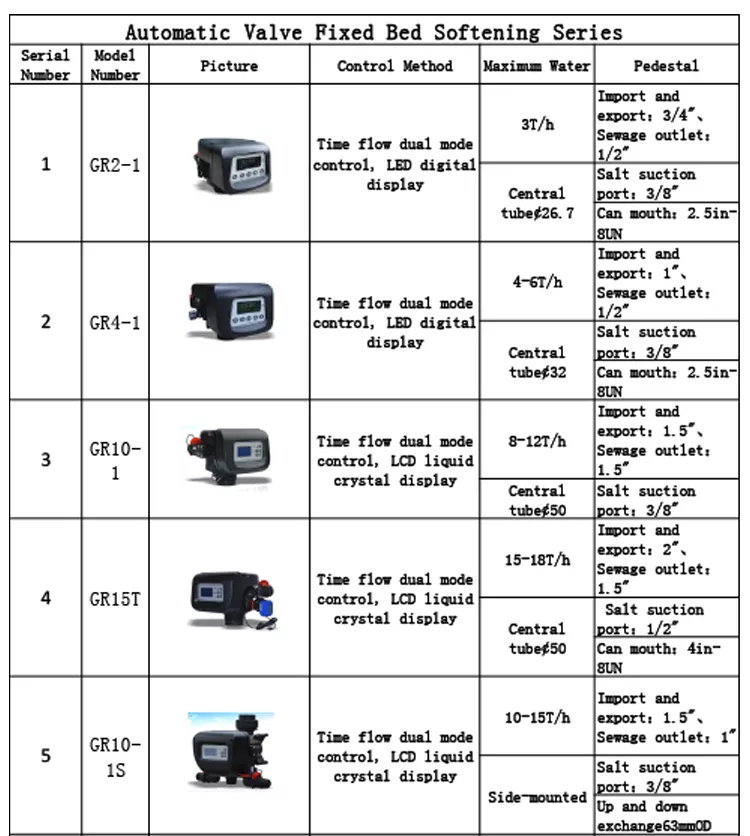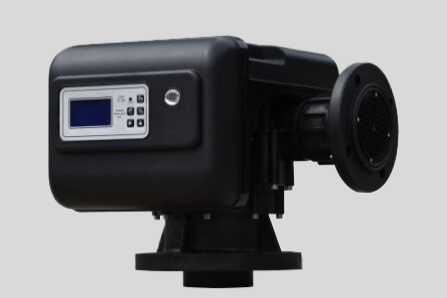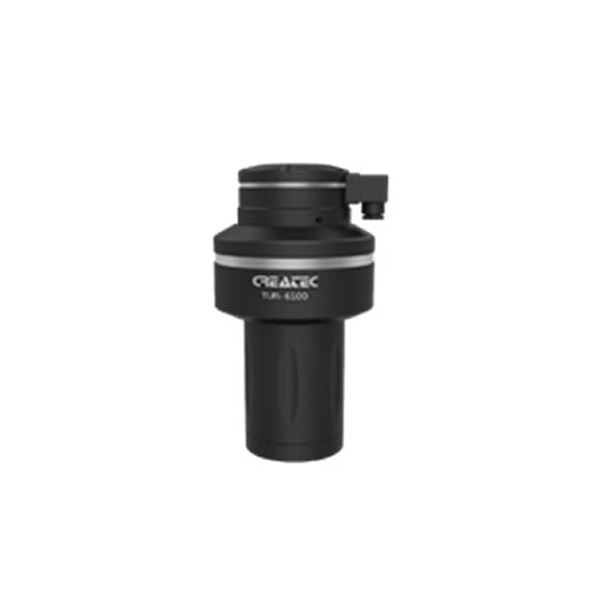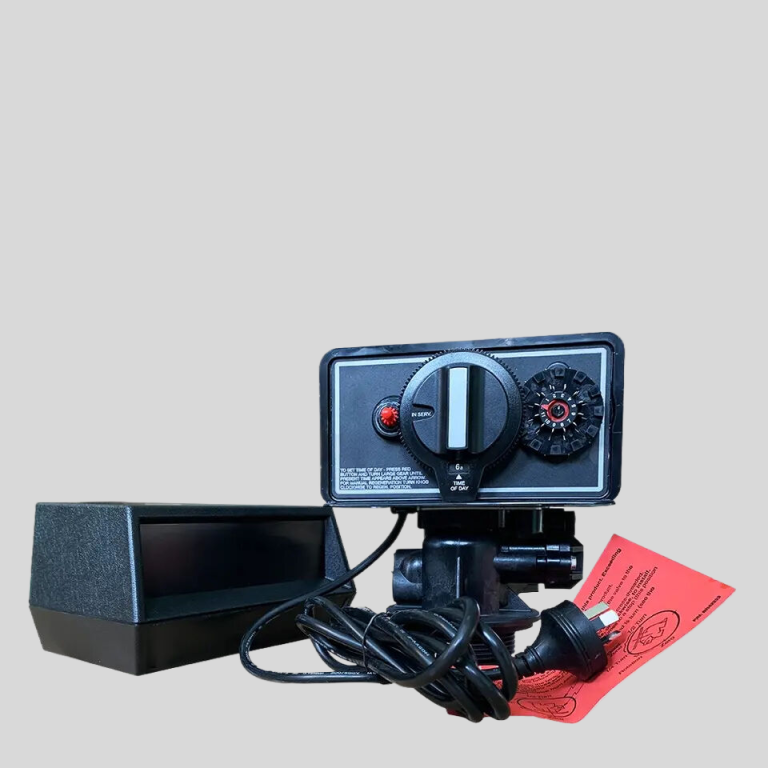“Precision engineering for optimal performance.”
Advancements in Engine Valve Design: A Comprehensive Guide
Engine valve design is a critical aspect of internal combustion engines, playing a crucial role in the overall performance and efficiency of the engine. Over the years, advancements in technology have led to significant improvements in engine valve design, resulting in more efficient and powerful engines.
One of the key advancements in engine valve design is the use of materials that are more durable and heat-resistant. In the past, engine valves were typically made of steel or cast iron, which could be prone to wear and deformation under high temperatures and pressures. However, modern engine valves are often made of materials such as titanium, which offer superior strength and heat resistance, allowing them to withstand the harsh conditions inside the engine.

Another important development in engine valve design is the use of advanced coatings to improve performance and longevity. Coatings such as chromium nitride or diamond-like carbon can help reduce friction and wear on the valve, leading to improved efficiency and durability. These coatings also help to prevent carbon buildup on the valve, which can negatively impact engine performance over time.

| Model: Automatic Softener Valve | ASE2 -LCD/LED | |
| Refilling type | refill before regeneration | refill after regeneration |
| Working Position | Service->Refill the softener water->Service->Back Wash->Upflow Brine and slow rinse->Fast rinse->Service | Service->Back Wash->Upflow Brine and slow rinse-> Fast rinse-> Refill the softener water->Service |
| Automatic type | Automatic type | |
| Meter Delay | Meter Delay | |
| Regeneration mode | Intelligent Meter Delay | Meter immediate |
| Timer by day : 0-99 days | Intelligent Meter Delay | |
| Timer by hours: 0-99 hours | Intelligent Meter Immediate | |
| Timer by day : 0-99 days | ||
| Timer by hours: 0-99 hours | ||
| Inlet | 1/2” 3/4” 1” | |
| Outlet | 1/2” 3/4” 1” | |
| Drain | 1/2” | |
| Base | 2-1/2” | |
| Riser pipe | 1.05” OD | |
| Water Capacity | 2m3/h | |
| Working Pressure | 0.15-0.6Mpa | |
| Working Temperature | 5-50°C | |
| Power Supply | AC100-240 / 50-60Hz / DC12V-1.5A | |
In addition to materials and coatings, the design of the valve itself has also seen significant advancements. One example is the use of hollow stem valves, which are lighter and offer better heat dissipation compared to solid stem valves. This design helps to reduce the overall weight of the valve train, leading to improved engine efficiency and performance.
Furthermore, advancements in manufacturing techniques have allowed for more precise and complex valve shapes to be produced. This includes features such as tulip-shaped valve heads, which can improve airflow and combustion efficiency within the engine. These intricate designs help to optimize the performance of the engine, leading to increased power output and fuel efficiency.
Another important aspect of engine valve design is the development of variable valve timing systems. These systems allow for the timing of the opening and closing of the valves to be adjusted based on engine speed and load, optimizing performance across a wide range of operating conditions. Variable valve timing can improve power output, fuel efficiency, and emissions control, making it a key technology in modern engine design.
| Model: Automatic softener Valve | ASDU2 -LCD/LED |
| Working Position | Service->Back Wash->Downflow Brine and slow rinse->Refill -> Fast rinse->Service. |
| Service->Back Wash->Upflow Brine and slow rinse->Refill -> Fast rinse->Service. | |
| Regeneration mode | Automatic type |
| Meter Delay | |
| Meter immediate | |
| Intelligent Meter Delay | |
| Intelligent Meter Immediate | |
| Timer by day : 0-99 days | |
| Timer by hours: 0-99 hours | |
| Inlet | 1/2” 3/4” 1” |
| Outlet | 1/2” 3/4” 1” |
| Drain | 1/2” |
| Base | 2-1/2” |
| Riser pipe | 1.05” OD |
| Water Capacity | 2m3/h |
| Working Pressure | 0.15-0.6Mpa |
| Working Temperature | 5-50 °C |
| Power Supply | AC100-240 / 50-60Hz / DC12V-1.5A |
Overall, advancements in engine valve design have played a crucial role in improving the performance and efficiency of internal combustion engines. By using advanced materials, coatings, and manufacturing techniques, engineers have been able to create valves that are more durable, efficient, and precise than ever before. These innovations have helped to push the boundaries of engine design, leading to more powerful and fuel-efficient vehicles on the road today. As technology continues to evolve, we can expect to see even more exciting developments in engine valve design in the future.







